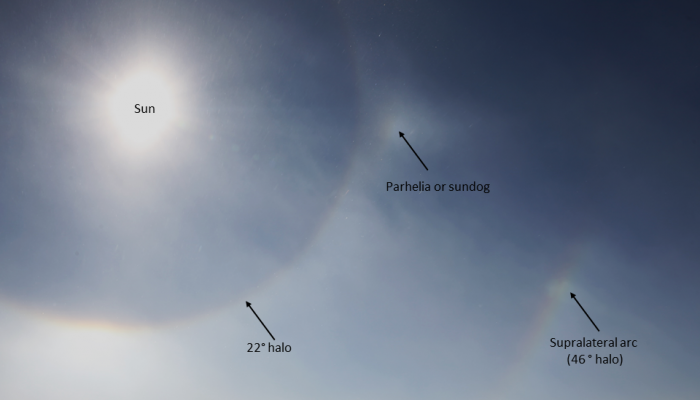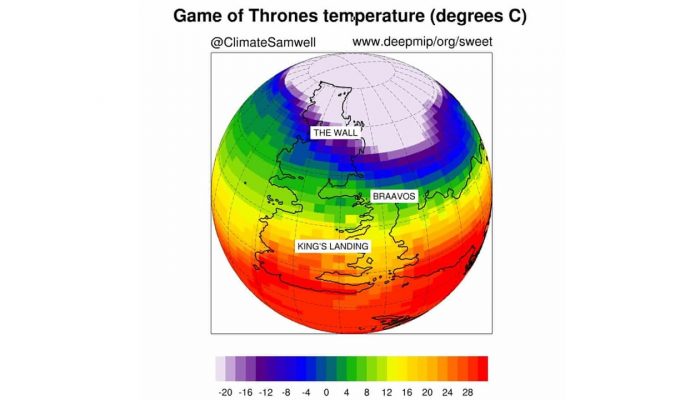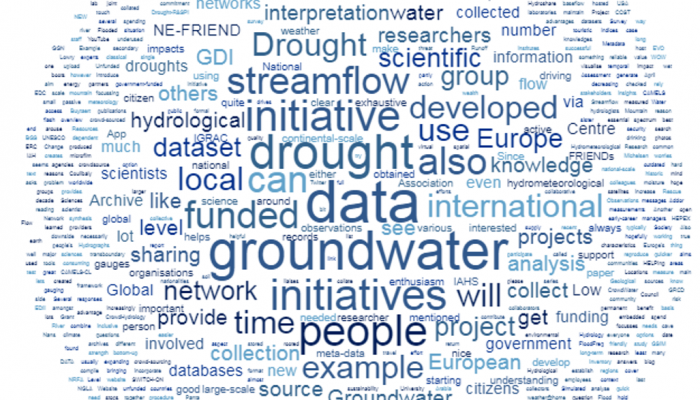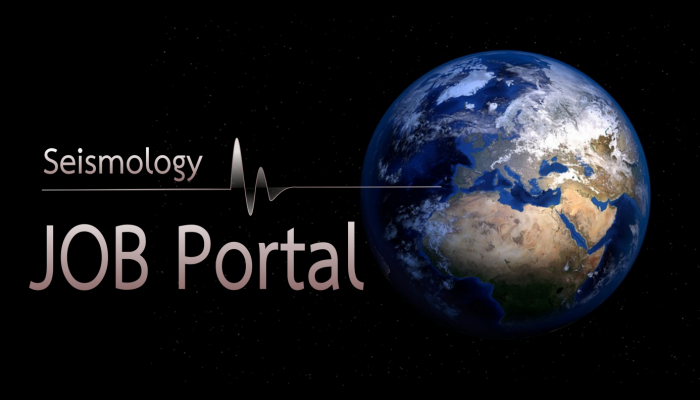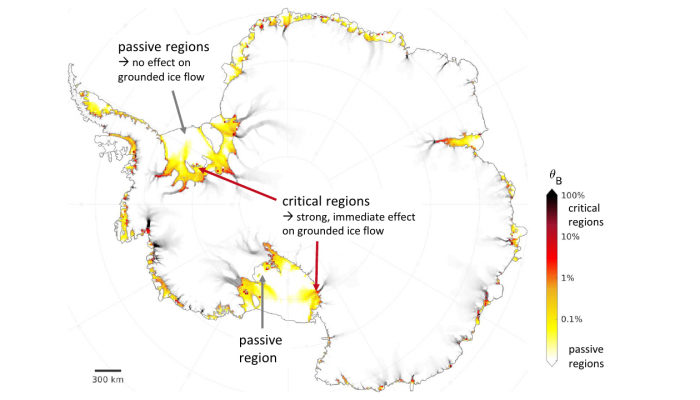How peaceful it is to contemplate the sky … This is especially true of polar northern or southern skies where the low temperatures can engender unique light phenomena. We often tend call them all, wrongly, sundogs, but in fact, many more phenomena exist. To list a few, you can observe a parhelic circle, a 22° halo, a pair of sun dogs, a lower tangent arc, a 46° halo, a circumzenithal arc, a parry ...[Read More]
GeoLog
Geosciences Column: climate modelling the world of Game of Thrones
Disclaimer: This article contains minor spoilers for Season 8 of “Game of Thrones.” A basic understanding of the world of Game of Thrones is assumed in this post. The Game of Thrones world of ice and fire is an unpredictable place both politically and environmentally. While the fate of the Iron Throne is yet to be confirmed, a humble steward has been working diligently to make some sense of the pl ...[Read More]
WaterUnderground
Data sharing: an update on new and existing initiatives
Post by Anne Van Loon, Gemma Coxon, and Bentje Brauns. Last year, Anne Van Loon wrote about data sharing initiatives in hydrology (“Data drought or data flood?” 28 May 2018). This post gives an update on existing and new initiatives. CAMELS (Catchment Attributes and MEteorology for Large-sample Studies) The CAMELS datasets are expanding: from the United States and Chile to Great Britain and Austr ...[Read More]
Geodynamics
Introducing the blog team!
It’s time for another proper introduction of the blog team! As you will probably know, things have been a bit silent on the blog front lately. This is because all the blog editors were very busy and also: it’s hard to upload 52 times a year. You come up with some great blog ideas! (if you do: e-mail us, please!). Luckily, we used the EGU General Assembly to find some fresh blood for th ...[Read More]
Natural Hazards
Our audience on stage: new NhET blog column
The diffusion of social media such as Facebook, Twitter, etc. in addition to traditional blogging led to a diversification in the impact of science communication. However, as Eryn Brown and Chris Woolston wrote in Nature last January, blogs continue to be effective platforms for disseminating research into the world and increase the discovery of science. This is the reason why we believe our natur ...[Read More]
Seismology
Seismology Job Portal
On this page we regularly update open positions in Seismology. Do you have a job on offer? Contact us at ecs-sm@egu.eu
GeoLog
Imaggeo on Mondays: Indonesian mangroves and tsunamis
Pictured here is a solitary mangrove tree, rooted off the northern coast of the Indonesian island Flores. While this tree has the shallow sandy reef to itself, mangroves are often found clumped together in large forests covering tropical and subtropical coastlines. The propped-up roots of mangrove trees often tangle together, creating a dense natural barrier that can weaken the coastal impact of o ...[Read More]
Stratigraphy, Sedimentology and Palaeontology
EGU goes greener, let’s go greener to EGU
For those in a rush, here is the conclusion already: EGU is doing great efforts to become more environmentally friendly, but the huge issue of any conference lies in one aspect: participants flying there… Could we, participants, rush into the train next year? I would not have realized all the evolutions of this year’s EGU2019 General Assembly if they had not been told to me. And that w ...[Read More]
Tectonics and Structural Geology
Give us your feedback on our blog!
Help us improve the Tectonics & Structural Geology blog and give us your feedback in this short survey! Would you like to be involved in the team, as a guest writer, networker or blog editor? Let us know via this survey and we’ll get in touch! Display content from Crowdsignal Click here to display content from Crowdsignal. Always display content from Crowdsignal Open content directly
Cryospheric Sciences
Image of the Week – Kicking the ice’s butt(ressing)
Changes in the ice shelves surrounding the Antarctic continent are responsible for most of its current contribution to sea-level rise. Although they are already afloat and do not contribute to sea level directly, ice shelves play a key role through the buttressing effect. But which ice shelf regions are most important for this? The role of ice-shelf buttressing In architecture, the term “buttress” ...[Read More]

